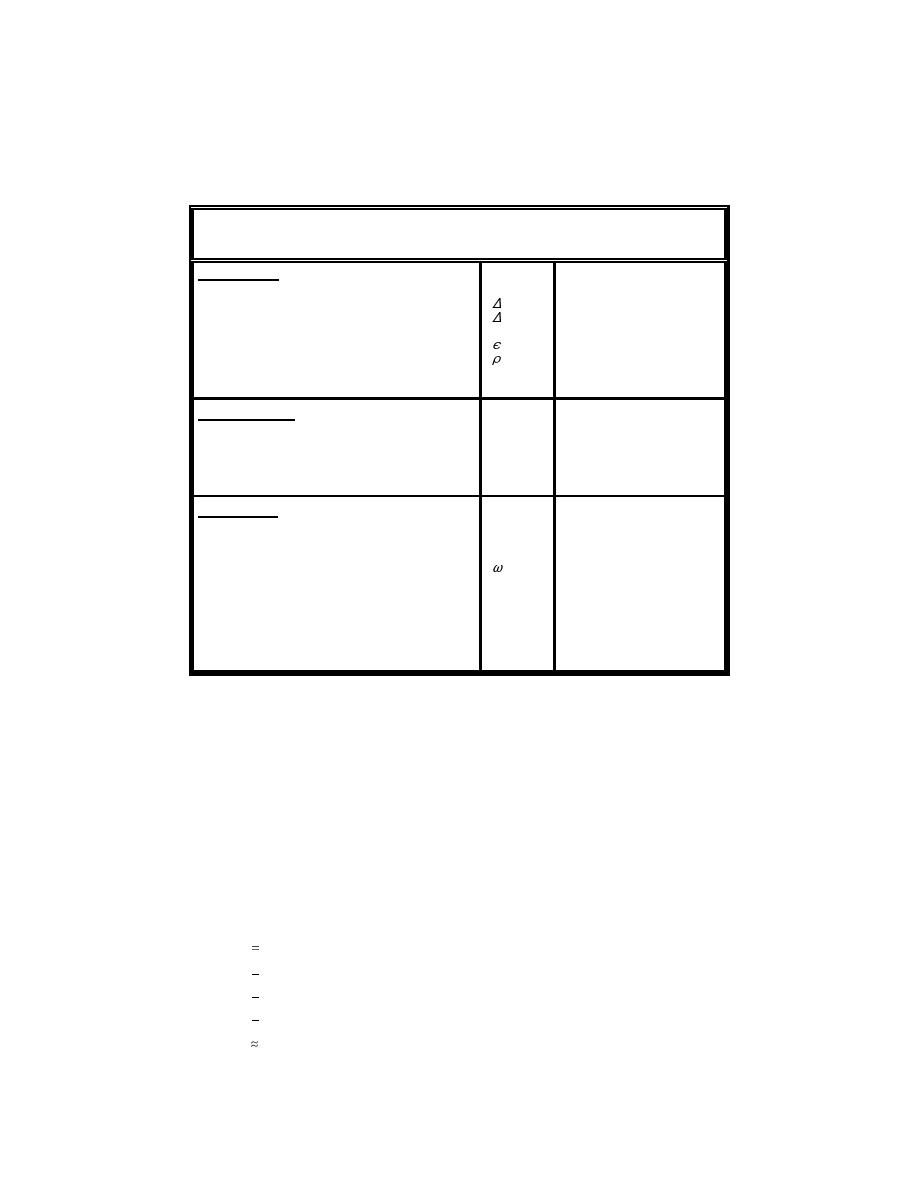 |
||
|
|
||
|
Page Title:
Estimation of effective cap thickness |
||
| |||||||||||||||
|
|
 reduces the cap thickness to 45 cm. The sediment also consolidates 5 cm as a
result of cap placement. Bioturbation is expected to influence the upper 10 cm
of sediment or cap. These and other problem parameters are collected in
Table B1. The calculation procedure is detailed below.
Table B1
Physico-Chemical Properties of Site Parameters for Example
Cap Properties
Initial cap thickness
50 cm
(L0)
Consolidation distance within cap
5 cm
( Lcap)
Consolidation distance of underlying sediment
5 cm
( Lsed)
Organic carbon content
0.01
(foc)
Porosity
0.5
()
1.25 g/cm3
Bulk density
( b)
Colloid concentration
10 mg/L
(Cc)
Effective cap thickness
35 cm
(Leff)
Pyrene Properties
Solubility
150 g/L
(s)
5 10-5 cm2/sec
Diffusivity in water
(Dw)
105 L/kg
Organic carbon partition coeff.
(Koc)
Mass transfer coeff. at air-water interface
7 cm/hr
(Ke)
Mass transfer coeff. at cap-water interface
1 cm/hr
(Kbl)
Site Properties
(Lbio)
Bioturbation depth
10 cm
10 cm2/year
Biodiffusion coefficient
(Dbio)
Seepage velocity in sediment (assume outflow)
10 cm/year
(U)
Pyrene sediment loading
100 mg/kg
( s)
Pore water concentration
200 g/L
(Cpw)
104 m2
Area of contaminated sediment
(As)
104 m2
Evaporative area
(Ae)
Benthic boundary layer velocity
10 cm/sec
(u)
1.7 x 1013 cm3/day
Basin flushing rate
(Q)
Thickness of contaminated region
35 cm (used in numerical
model only)
Estimation of effective cap thickness
The initial cap thickness is reduced by bioturbation (10 cm), consolidation of
the cap (5 cm), and penetration of pore water expressed by the consolidation of
the underlying sediment. Although the sediment consolidates a distance of 5 cm,
causing movement of pore water 10 cm into the cap (cap porosity of 50 percent),
the contaminant migration is retarded by sorption onto the organic carbon in the
cap. After estimation of the retardation factor associated with sorption onto the
cap materials, it is estimated that the chemical penetration into the cap as a result
of sediment consolidation is only about 80 m. Thus the effective cap thickness
is
50 cm
Leff
10 cm(bioturbation)
5 cm (consolidation of cap)
80 m (sediment consolidation)
35 cm
B21
Appendix B Model for Chemical Containment by a Cap
|
|
Privacy Statement - Press Release - Copyright Information. - Contact Us - Support Integrated Publishing |